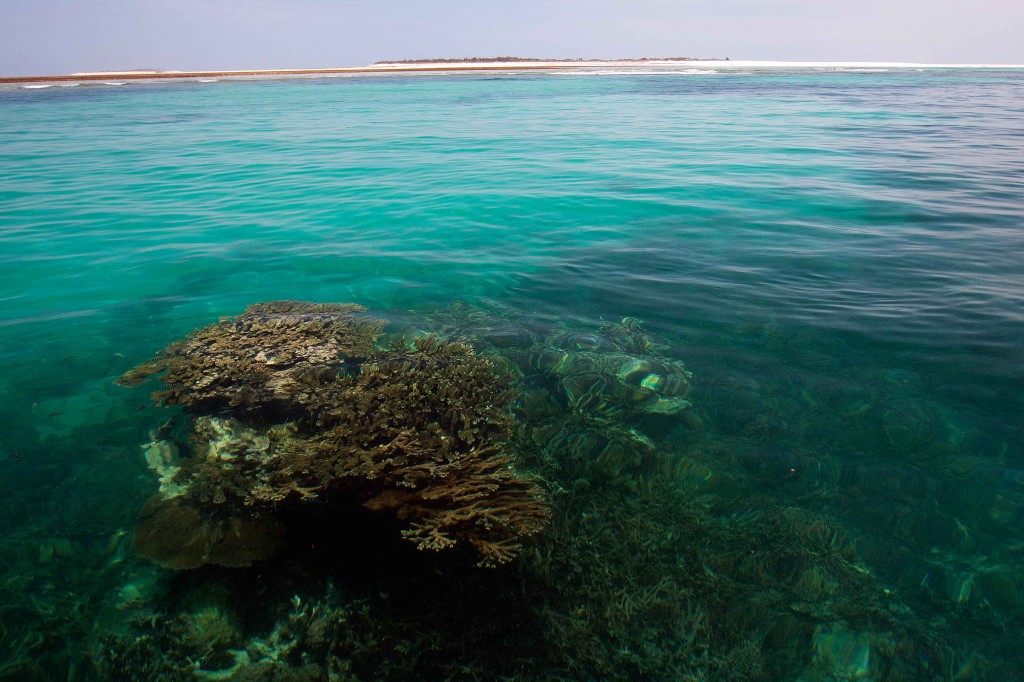by Olivier Raynaud, Maintirano & Barren Isles Project Coordinator, Madagascar
I’ve just arrived in the little town of Maintirano as the new project coordinator for the Barren Isles Marine Protected Area (MPA). My first impression is most definitely that Maintirano is as proportionately peaceful as the journey required to get here was chaotic and exhausting. The 24-hour taxi brousse ride between Tsiaroanomandidy (which is about five or six hours northwest of Antananarivo) and this outpost on Madagascar’s west coast follows a remarkably winding dirt path that, in spite of having been restored a few years ago, bears the marks of burdensome rains and considerable erosion. Hence, whether you know and like the place or not, arriving in Maintirano is inevitably a genuine relief.
Despite being the capital of the Melaky region, and counting somewhere around 20,000 permanent residents, the town itself clearly reflects its significant isolation. Aside from just a few paved roads and basic infrastructure, the town is made up of dry red dirt roads, very reasonably sized homes, and miniature businesses.
Past its endless beach and over the surprisingly red coastal waters, lies one of Maintirano’s richest assets, the Barren Isles. These tiny islands situated a few miles off the coast in the Mozambique Channel, harbour some of Madagascar’s most diverse and healthy marine ecosystems, but they have lately been subject to increasing anthropogenic pressure.
In the past five years, migrant influx has led to a dramatic population increase as well as major ethnic blends that predictably result in fading traditional fadys, or local superstitions, which have often prevented the killing of certain animals in the past. Furthermore, this intensified demographic pressure is exacerbated by numerous illegal and unsustainable practices, such as bottle diving for sea cucumbers, the commercialisation of turtle meat and illegal fishing trawlers exploiting the coastal waters.
Protecting the isles’ biodiversity and ensuring the durability of traditional local livelihoods will most certainly prove to be quite a challenge due to the extent and magnitude of the conspicuous impacts the islands currently endure. Local authorities have repeatedly shown their support and implication in the ongoing MPA project; nonetheless, the issues to address are considerable. So let’s get started!





